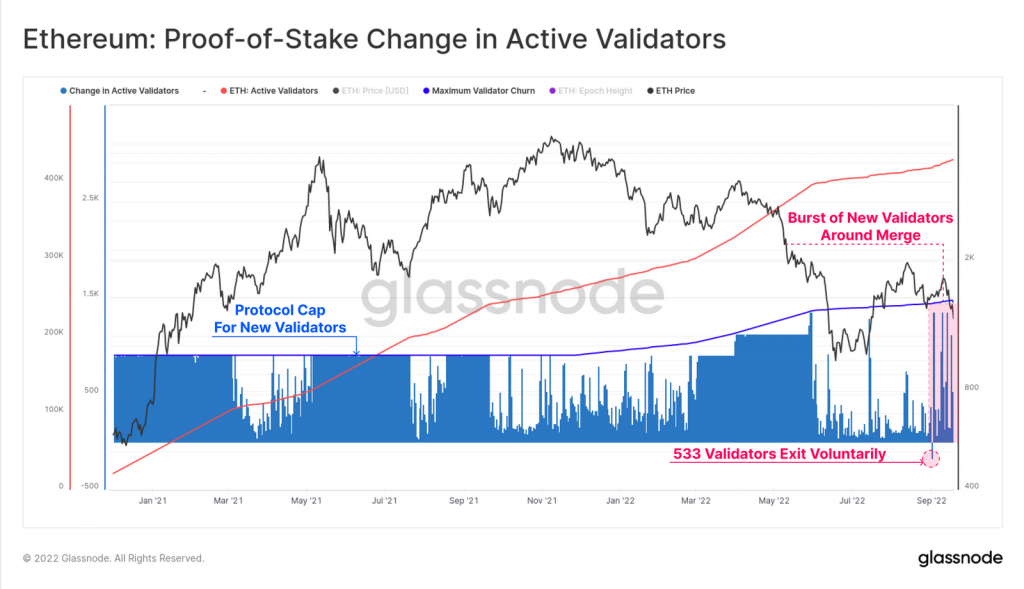Until last week, blocks on the Ethereum network were mined by miners. Now the miners have been replaced, and their duties have more or less been designated to validators.
Simply put, under the current proof of stake consensus mechanism, block creators are now validators on Ethereum. They’re responsible to check transactions, verify activity, vote on outcomes, and maintain records.
To become a block creator under PoS, users need to stake 32 ETH. In fact, smaller groups can create staking pools and combine their ETH to become validators. Else, by joining an exchange that offers staking also, users can assist in the validation process.
As far as the nitty-gritty, PoS utilizes a pool of validators. PoS places the validators into sets of committees, and block proposers for each 32-slot epoch. It then assigns a validator the role of block producer for each 12-second slot.
Contrastingly, under the now-defunct PoW system, Ethereum miners used to run mining machines to mine and incurred heavy energy charges to power them.
Right after the Merge was complete, talks of increased centralization were going-on on social media. Martin Köppelmann—cofounder of DeFi platform Gnosis—had taken Twitter to point out that the top 7 entities were controlling more than 2/3rd of the stake. He exclaimed that the same was “pretty disappointing.”
Validator burst on the Ethereum network?
Post Merge, yes, a few big names controlled validation on the Ethereum network. However, the bigger picture portrays something slightly different. A recent analysis by Glassnode brought to light that Ethereum currently has approximately 429.6k active validators on the network. In fact, as illustrated below, the number has sharply risen in September.
Elaborating on the same, the analytic platform’s report revealed,
Over 11.36k Validators have come online in September alone, signifying growing investor confidence as the technical challenges of the Merge are de-risked.


The ‘burst’ of new validator activity around the Merge is definitely noteworthy and stands apart on the chart above. However, even in the past, refinements on this front have been noted. Resultantly, the current “burst” of new validator activity remains to be “quite light” when compared to the “heavier periods” seen in 2021.





